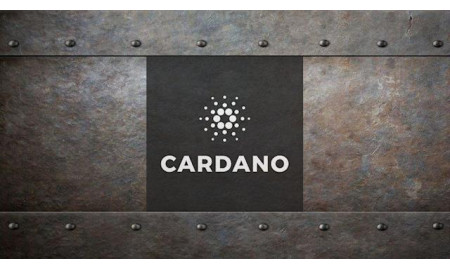April 18 2022
Callisto – Sidechain of Ethereum Classic

Callisto is a separate blockchain that is also a sidechain of Ethereum Classic blockchain. It will have its currency called CLO.
Every ETC holder at the block number 550,000 will get the same number of CLO tokens. A hard fork is planned to launch on the Ethereum Classic blockchain at the same block number to introduce Callisto sidechain.
What is the need?
Callisto aims to build a reference implementation that is self-sustaining, self-funded, and self-governed blockchain through research. In simple terms, an utterly self-reliant blockchain in every possible way.
So, whatever is successful on the Callisto sidechain will be brought on to the Ethereum Classic. Hence, increasing the adoption and usage of the Ethereum Classic platform.
With the capabilities of Callisto blockchain, the Ethereum Classic hopes to bring free smart contract auditing for everyone on the planet. Hacks like DAO, which lost millions of funds due to a bug in smart contract, emphasizes the importance of auditing code before deploying a smart contract.
So, when source code needs a pair of eyes, it always costs money. Auditing experts will be hired and paid with CLO for vetting the both Callisto and Ethereum Classic based smart contracts.
A treasury will be created for maintaining the funds which will be used to pay the auditors.
The Initial Stages
At the starting point, the focus will be on creating a stable ecosystem for smart contract auditing and creating a treasury. Later a treasury smart contract will be deployed to manage the funds effectively.
Planned Hard fork
A fork is scheduled for the Calisto blockchain on 11 November 2018. And this allows implementing a cold staking protocol. The early stage stakes will receive lucrative returns compared to the latecomers.
Last Stage
In the ultimate stage, there is another hard fork planed on 5 May 2019. A governance system will be made available through this upgrade.
After that upgrade, the cold stakers will have the opportunity to submit proposals and can vote on other proposals. Proposals backed by the Cold Stakers will receive funding.
The Development
The Calisto blockchain project is open source. And anybody can volunteer to contribute. Initially, a development team will be set up and is responsible for implementing the core features.
As the platform gains traction and improves, going forward, the development team will be completely dissolved, and the network becomes fully self-sustainable.
The treasury smart contract would be deployed by the time when the development process becomes entirely decentralized.
Everyone who holds CLO in the Callisto network is eligible to become a cold staker. Moreover, the one who stakes CLO for more than a month in the Callisto treasury smart contract is a Cold Staker.
Furthermore, the cold stakers don’t need to maintain a full node in the network. And can withdraw their staking amount along with the rewards any time after the completion of one month.
Blockchain Metrics
- The Proo-of-Work algorithm would be Dagger Hashimoto, also known as Ethash.
- Block time – 15 seconds approximately.
- Block reward – 600 CLO. Of that, 30% will be taken as treasury fee.
- The network will be one hundred percent compatible with Ethereum Virtual Machine (EVM)
- The CLO will have supply cap of 6.5 Billion tokens.
Airdrop Effect
The ETC price took a massive leap since the announcement of the Callisto Airdrop which would be happening on 5 March 2018.
Not only the Airdrop gave a boost, but many people also started believing that the new blockchain venture would be successful. So, the FOMO (Fear of Missing out) played a huge role as it did for a long time in the Cryptocurrency game.
At the time of writing, the ETC was trading at 35.14 USD. And it might go furthermore high as speculations take the driving seat.
Conclusion
It is certain that a lot of work is going on in the blockchain industry to address some of the inherent problems.
If you were following the news, you would hear that blockchains have a scalability problem with transaction processing. What does it mean really? In a blockchain, a transaction is successful when the record is available in a published block; besides, these blocks come with upper memory size limit. When massive number of transactions take place, it requires more number of blocks. Thus, more time it takes to complete a transaction.
Traditional payment processing networks like Visa do not face this issue. For that reason, often blockchains are disfavoured by critiques.
So, what do you think? Can blockchain tech beat the odds to stay ahead in the game, or is it going to just flirt with the believers?
Related articles






